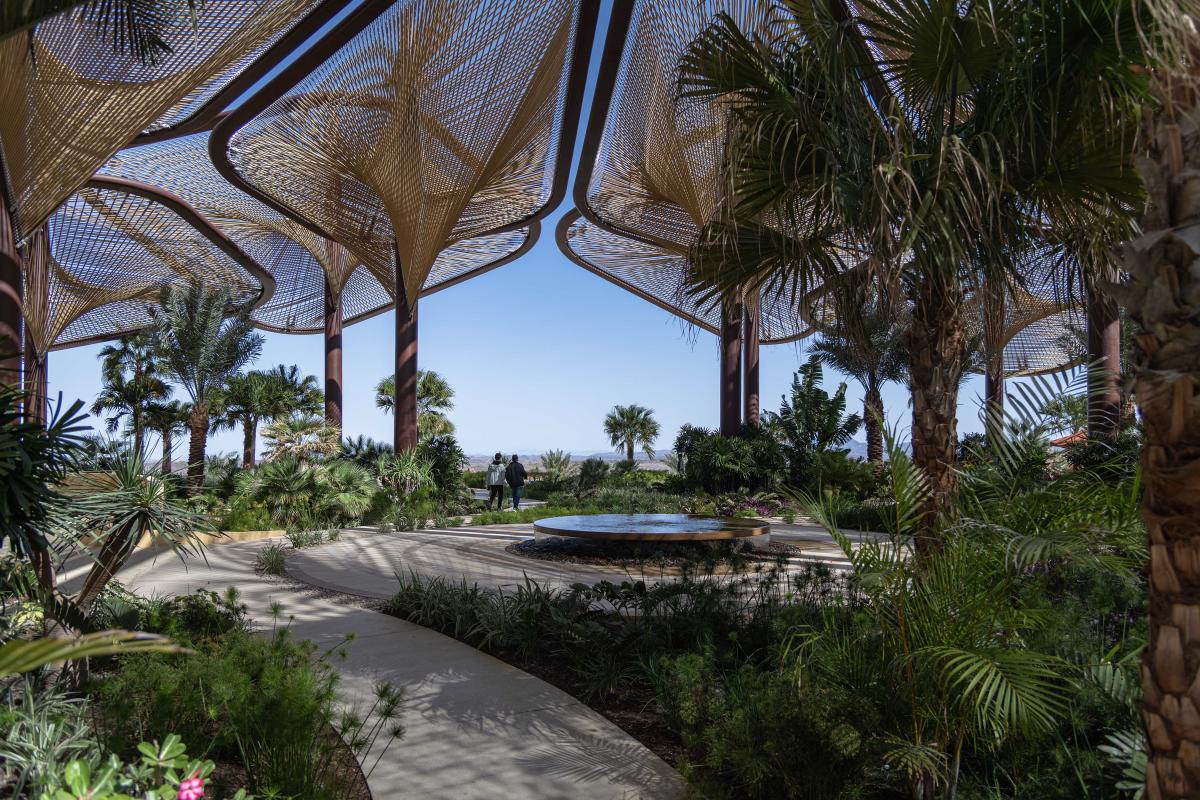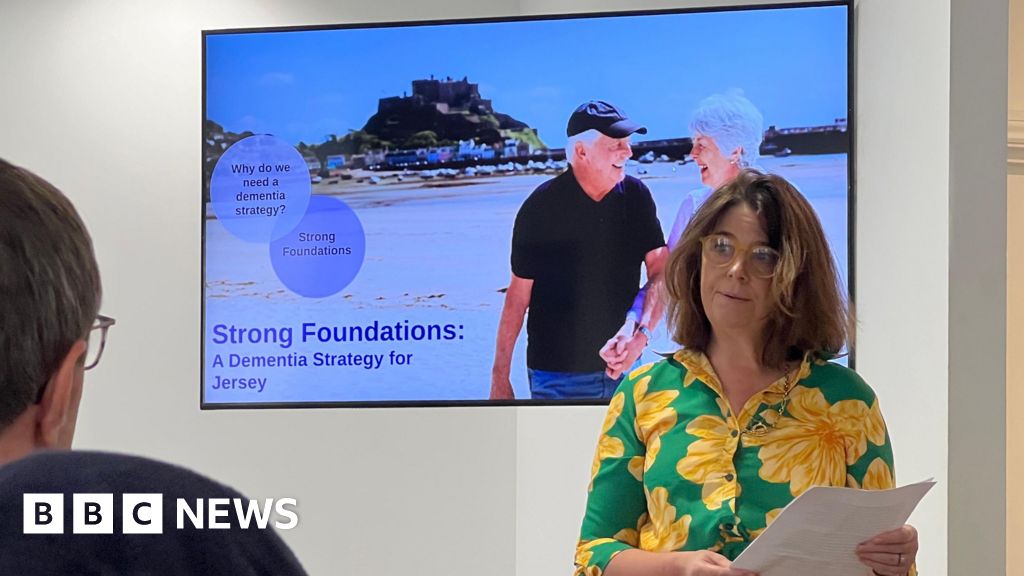The wealthy petrostates of the Persian Gulf have big plans for the future, hoping to increasingly attract tourists and investors, host marquee sporting events, build new cities and diversify their economies away from oil.
But they face a looming threat that they cannot easily buy their way out of: extreme and sometimes deadly heat that roasts their countries every summer, which climate change is expected to exacerbate in the coming decades.
Sweltering temperatures drive up energy demand, wear down infrastructure, endanger laborers and render even simple outdoor activities not only unpleasant, but potentially perilous. That all will impose a significant long-term tax on the vast ambitions of Gulf countries, experts say.
Sign up for The Morning newsletter from the New York Times
“We keep thinking we want to go bigger and larger, but we don’t think about the implications of climate change in the future,” said Aisha Al-Sarihi, a research fellow from Oman at the Middle East Institute at National University of Singapore. “If we keep expanding and expanding, it means we need more energy, more water and more electricity, especially for cooling. But there are limits, and we see those limits today.”
The threat of extreme heat became clear this week when Saudi Arabia announced that more than 1,300 people had died during the annual hajj pilgrimage in Mecca, including at least 11 Americans. Saudi officials said that most of those who perished had made the trip without permits that would have granted them access to heat protections, leaving them vulnerable to temperatures that at times exceeded 120 degrees.
The deaths raised questions about Saudi Arabia’s management of the event, which drew more than 1.8 million Muslims to the holy city of Mecca.
The kingdom and other countries throughout the Gulf are pouring tremendous amounts of their oil wealth into efforts to boost their economies and move up the list of popular global destinations.
Saudi Arabia is building super-high-end resorts on the Red Sea coast and a futuristic city known as Neom in its northwestern desert. Qatar hosted the men’s soccer World Cup last year and has brought in other international sporting events and trade shows. The United Arab Emirates put on a splashy World Expo, and its business-friendly policies have helped it become a playground for the hyperwealthy.
But these countries face significant environmental challenges.
All have long had searingly hot summers, but scientists say that climate change has already made the season longer and hotter — a trend expected to accelerate in the coming decades. Some projections warn of weekslong heat waves with temperatures of up to 132 degrees during the second half of this century. Temperatures that high can endanger human life.
Gulf countries, including Bahrain, Kuwait, Oman and Qatar, are among the world’s most water-stressed, meaning that the water available barely keeps up with demand. That requires them to import water or remove the salt from seawater, an expensive and energy-intensive process.
Many Gulf countries have announced environmental initiatives aimed at slashing carbon emissions, greening big cities and developing climate-friendly technologies. They have also invested heavily in efforts to mitigate the dangers of extreme heat — often with measures that other Middle Eastern countries grappling with high temperatures, like Egypt, Yemen and Iraq, cannot afford.
But money is not always enough.
This month, sudden power outages hit parts of Kuwait, a major oil exporter. In some areas, traffic lights went out, and people got stuck in elevators as the temperature soared to 125 degrees.
Authorities blamed rising energy demand that overwhelmed the power stations. To reduce the load, the government has imposed rolling blackouts during the hottest hours of the day, forcing people to seek out alternative air-conditioned spaces.
The summer heat drastically restricts life in Kuwait, altering when people work and sleep and keeping those who can afford it in air-conditioned environments.
Fatima Al Sarraf, a family doctor in Kuwait City, said she took long runs in the winter but was forced to run on an indoor treadmill or go to the mall in the summer to get her daily steps.
“I do not go outside at all,” said Al Sarraf, 27.
She fears for the future.
“If the temperature keeps rising, especially in the summer periods, it is expected that Kuwait will be uninhabitable,” she said. “This change will definitely affect future generations.”
Other countries appear to be better managing the heat, though they still face challenges.
Qatar has used wealth generated from its status as one of the world’s top exporters of liquefied natural gas to cool outdoor areas, even during the hottest times of day. Stadiums it built for the 2023 World Cup were outfitted with outdoor air conditioning so they could be used year-round. One city park in the capital, Doha, boasts an air-conditioned running track, and an outdoor cooling system was recently unveiled in a popular outdoor market.
“There is a cooling ecosystem,” said Neeshad Shafi, a Qatar-based nonresident fellow at the Middle East Institute. “Everything has to be cooled. More cooled parks, more cooled gardens, more cooled shopping areas, more cooled souks are coming up every day.”
But those technologies are expensive — and even more so to deploy over large areas.
“You can’t cool everything in a country,” Shafi said.
Nor are the protections afforded by such technologies routinely available to the most vulnerable, including the millions of migrant laborers who do everything from construction work to gardening in the Gulf. Many have no choice but to work outside, and studies have shown that working in extreme heat increases accidents and can damage the body.
To protect outdoor laborers, Qatar and other Gulf States have imposed bans on most outdoor work during the hottest parts of summer days. This year, Kuwait extended those protections to motorcycle delivery drivers, who had been roasting inside their helmets on sweltering asphalt.
But nighttime temperatures are also stifling, and as their countries get hotter, governments may need to extend the work bans or take further measures.
“These countries are fast-moving, but the temperature is moving faster than them,” Shafi said.
Rising temperatures could also hinder Saudi Arabia’s dramatic development plans. Will tourists flock to new luxury resorts when it is too hot to comfortably swim in the Red Sea? Will enough people want to move to the capital, Riyadh, to double its population, when daytime temperatures there already regularly exceed 100 degrees for much of the year?
And as the kingdom warms, keeping the hajj safe will get even harder.
The pilgrimage and its associated rituals involve spending many hours outside and walking long distances. Because the timing of the hajj is based on the lunar calendar, it gradually moves backward through the year and cannot be rescheduled.
The Saudi government has invested billions of dollars to protect pilgrims, providing elaborate sun shades, misting fans and air-conditioned shelters to offer respite from the heat.
But scientists warn that temperatures will be even higher the next time the hajj occurs in the summer, starting in the mid-2040s. One recent study warned that future pilgrims would be exposed to heat exceeding an “extreme danger threshold” unless “aggressive adaptation measures” are taken.
Tariq Al-Olaimy, the managing director of 3BL Associates, a sustainable development consultancy in Bahrain, said he considered this year’s pilgrimage deaths “a wake-up call” because they showed both the successes of heat protections and the risks for people without them.
“The hajj lesson is that if this isn’t a priority for the entire population, there will be fatal consequences,” he said. “But there is also the lesson that when there is proper and adequate heat management, we cannot thrive, but survive.”
c.2024 The New York Times Company

Dr. Sarah Adams is a scientist and science communicator who makes complex topics accessible to all. Her articles explore breakthroughs in various scientific disciplines, from space exploration to cutting-edge research.







